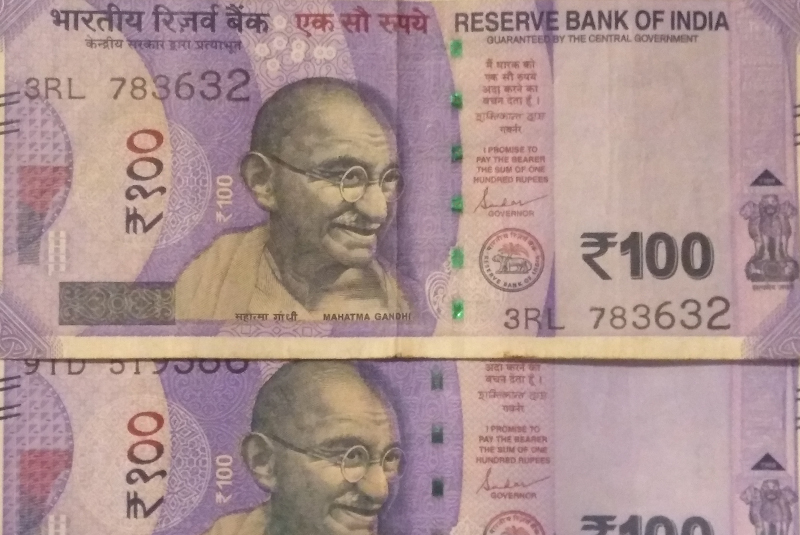In a globalised world, where economies are interconnected and interdependent with seamless capital flows and falling trade barriers, exchange rate fluctuations impact the economy and the common man in myriad ways. The Indian Rupee has breached the psychological mark of 80 to the US Dollar.
It continues its downward spiral to the dismay of economists, policymakers, politicians, corporations, traders and stock markets alike. Currency depreciation generally warrants interventions from the central bank and the government to stabilise the economy from a probable tailspin as it puts enormous pressure on the ‘precious’ foreign exchange reserves and the widening of the current account deficit (CAD).
While there is a general perception and a convoluted argument that a weakening Rupee is advantageous for exports making it competitive in global markets, the reality marks a point of departure. Historically, India has been a net importer economy. Therefore the current account – a summary of the nation’s transactions with the rest of the world (net trade in goods and services, net earnings on overseas investments and net transfer payments) – is always in deficit.
-30-
Copyright©Madras Courier, All Rights Reserved. You may share using our article tools. Please don't cut articles from madrascourier.com and redistribute by email, post to the web, mobile phone or social media.Please send in your feed back and comments to editor@madrascourier.com











